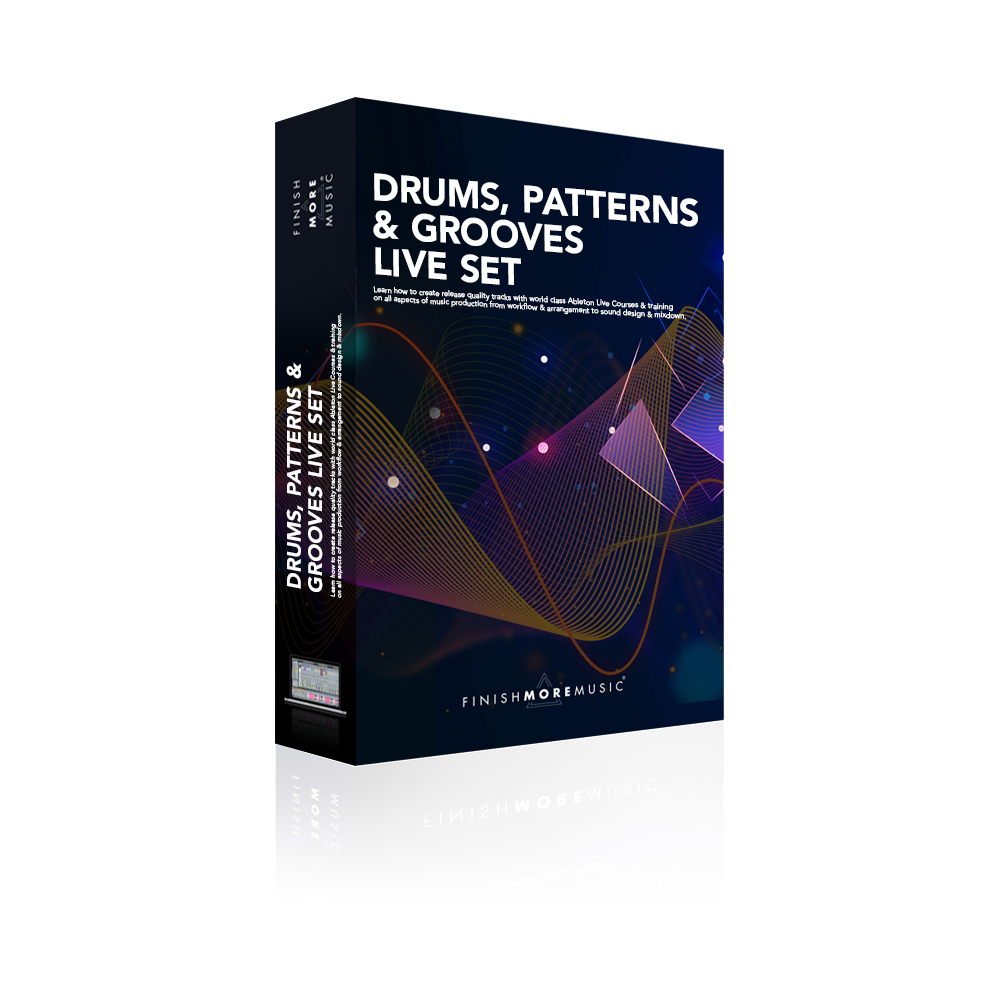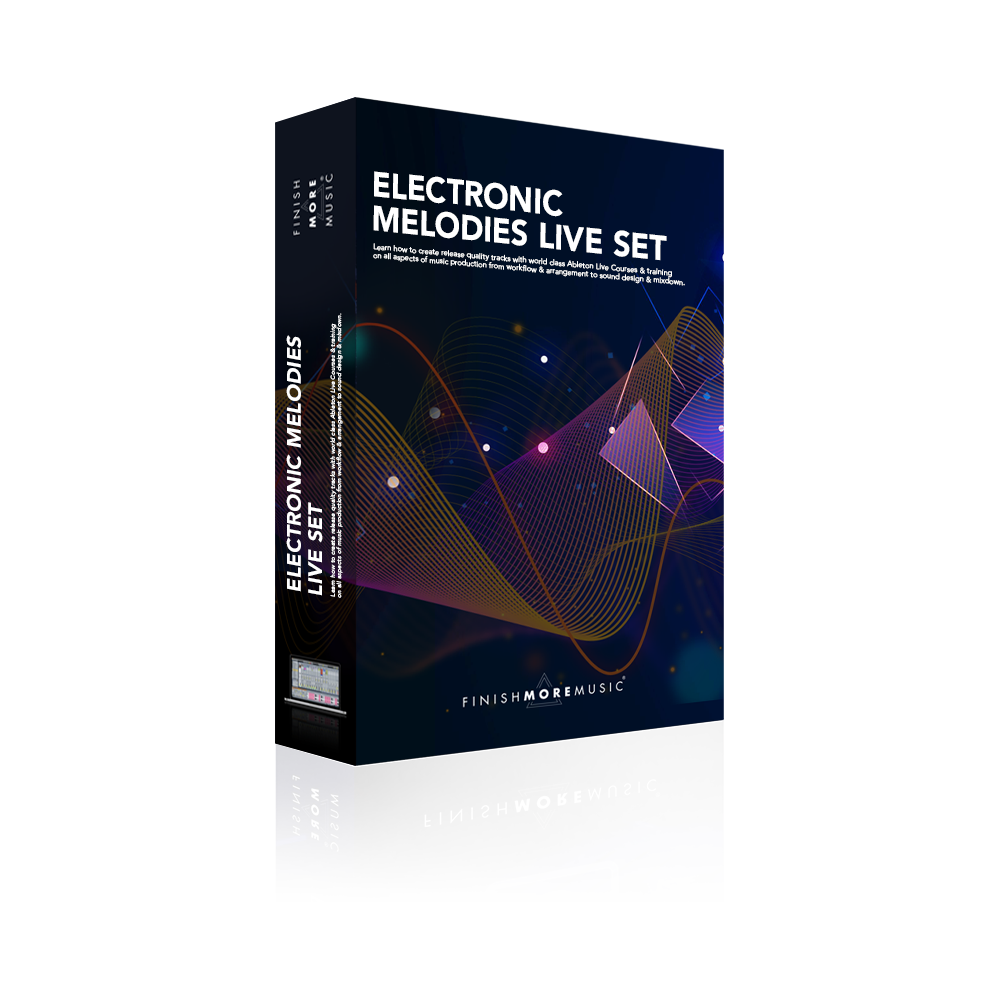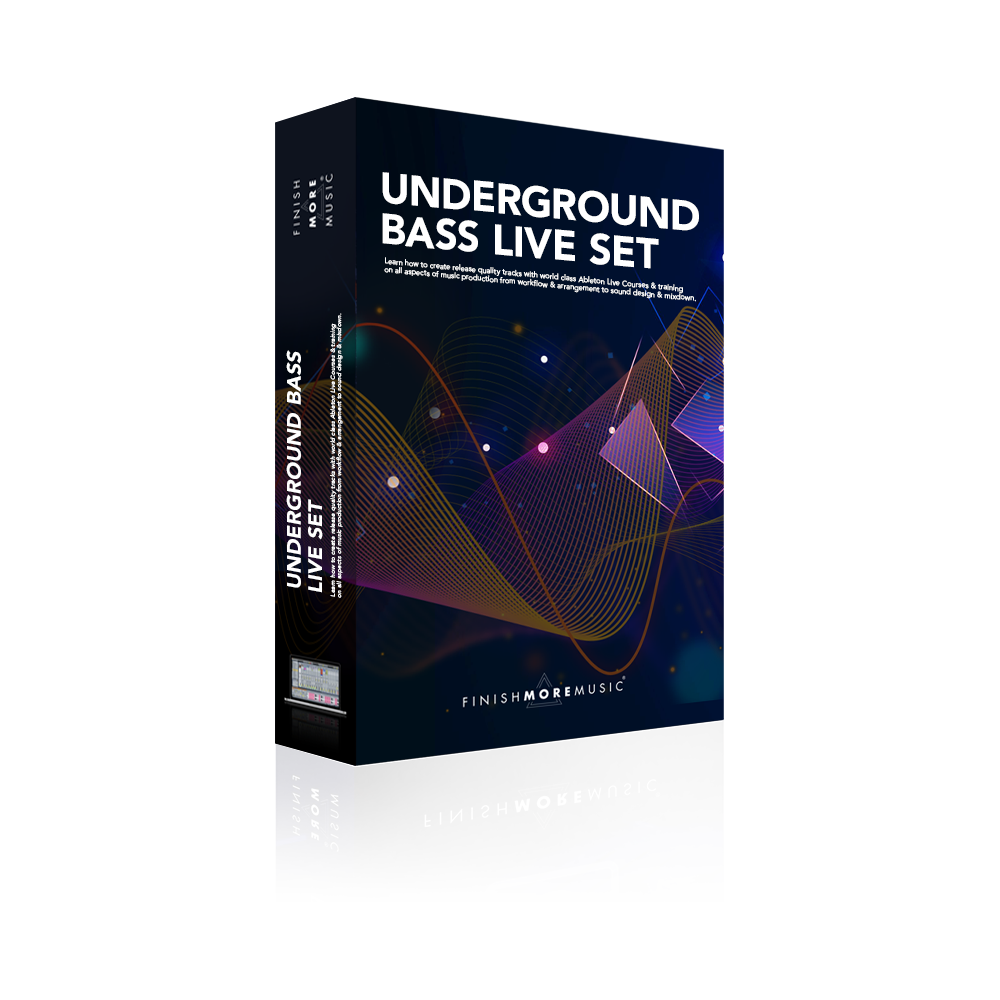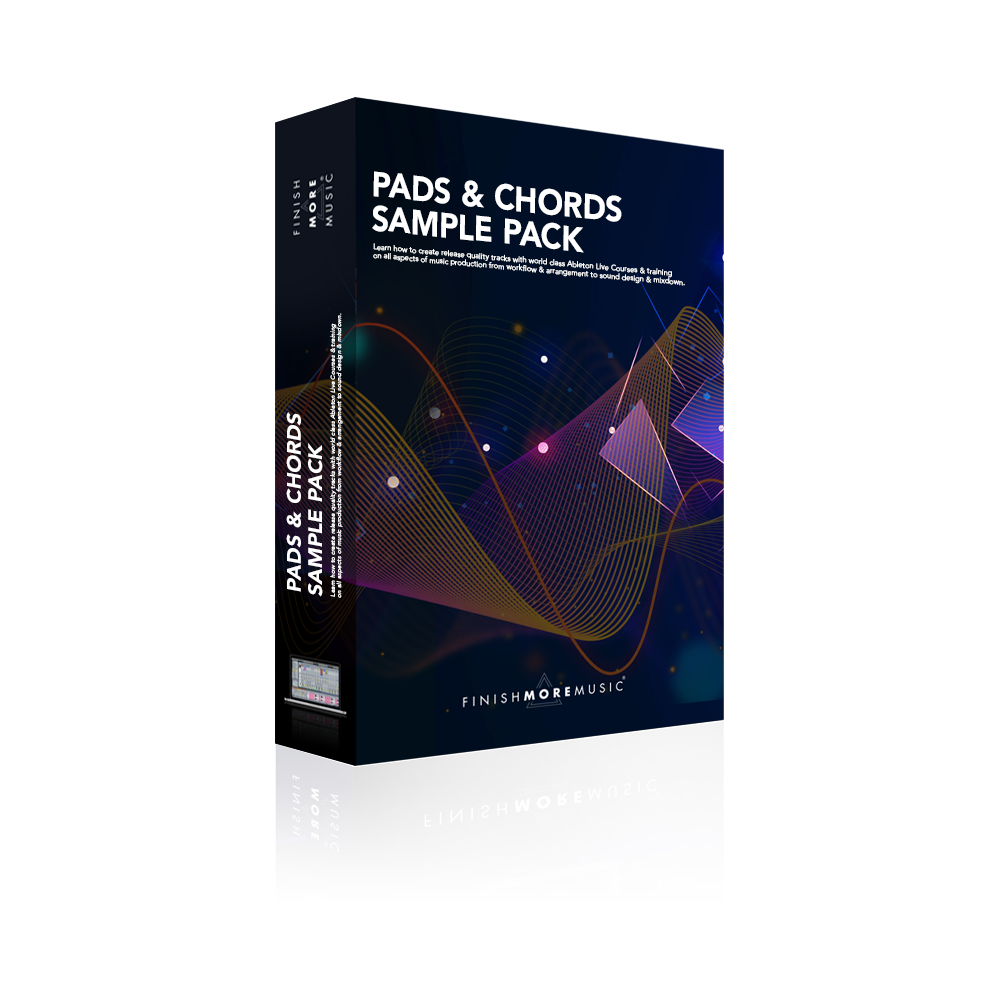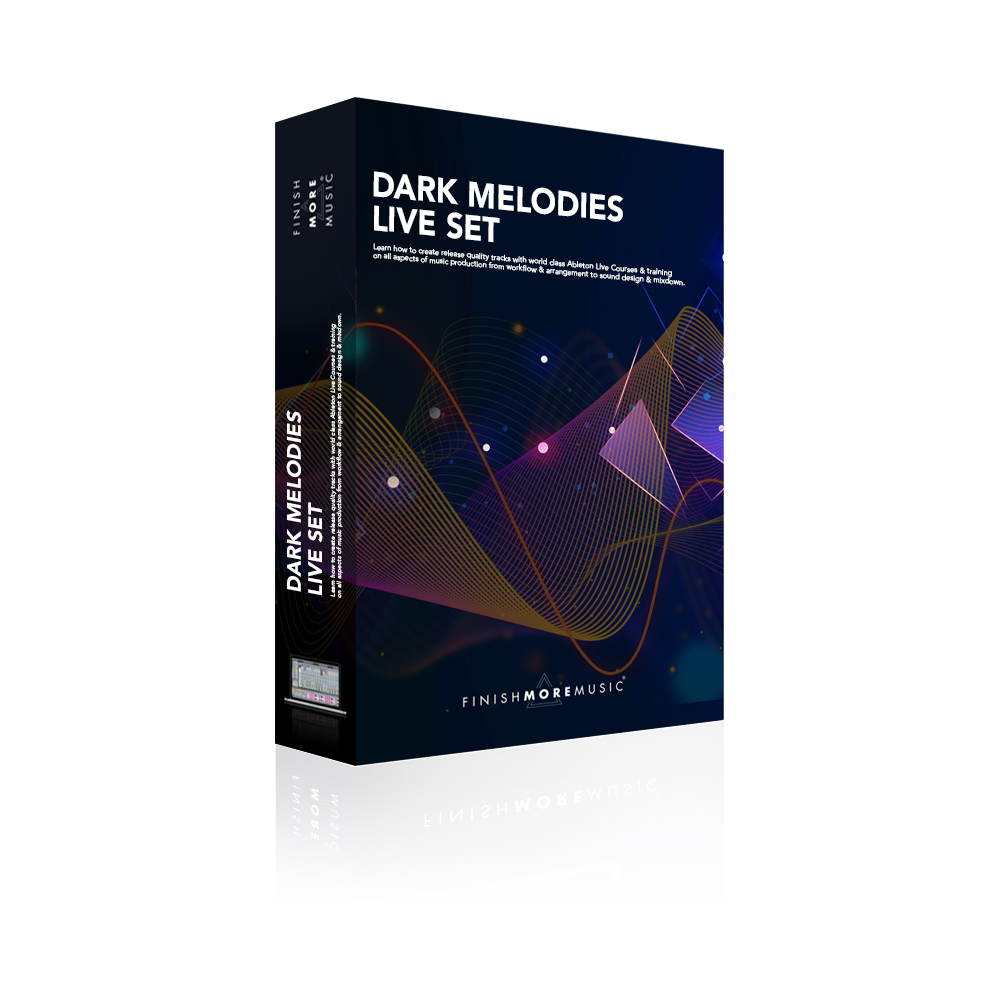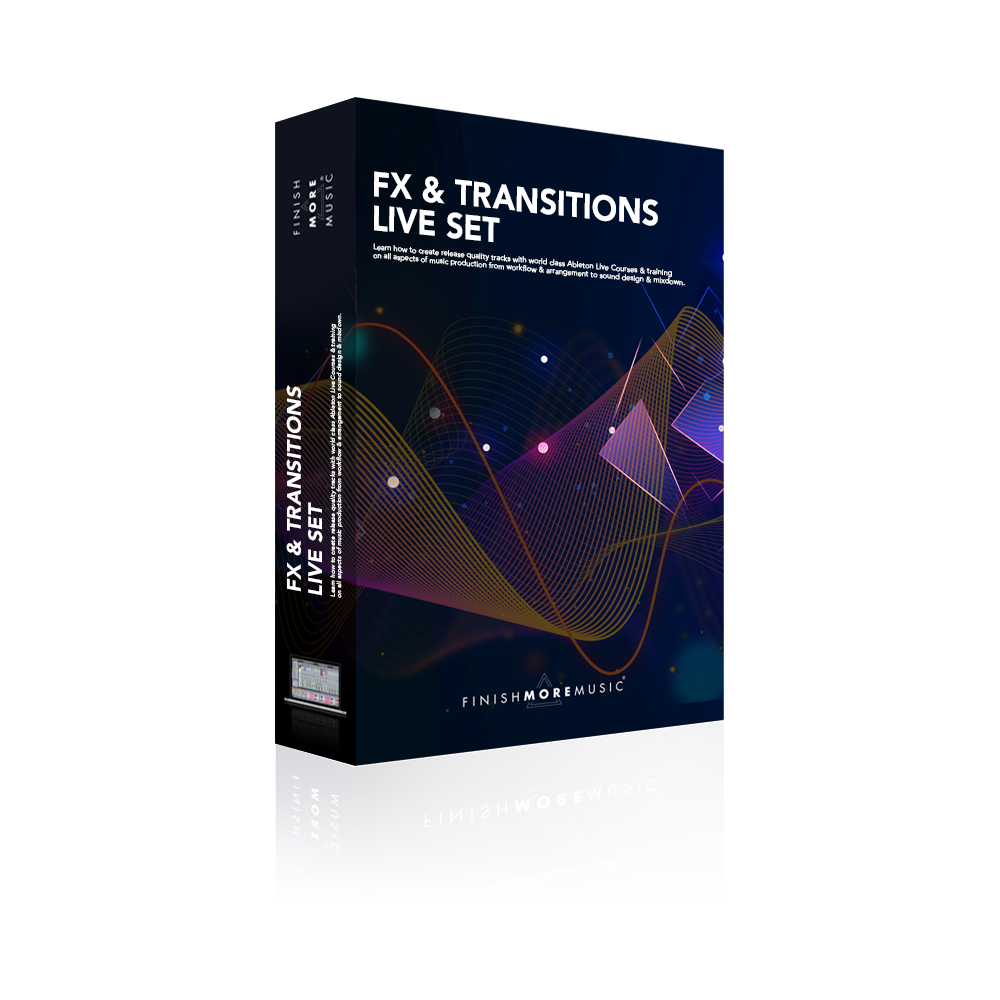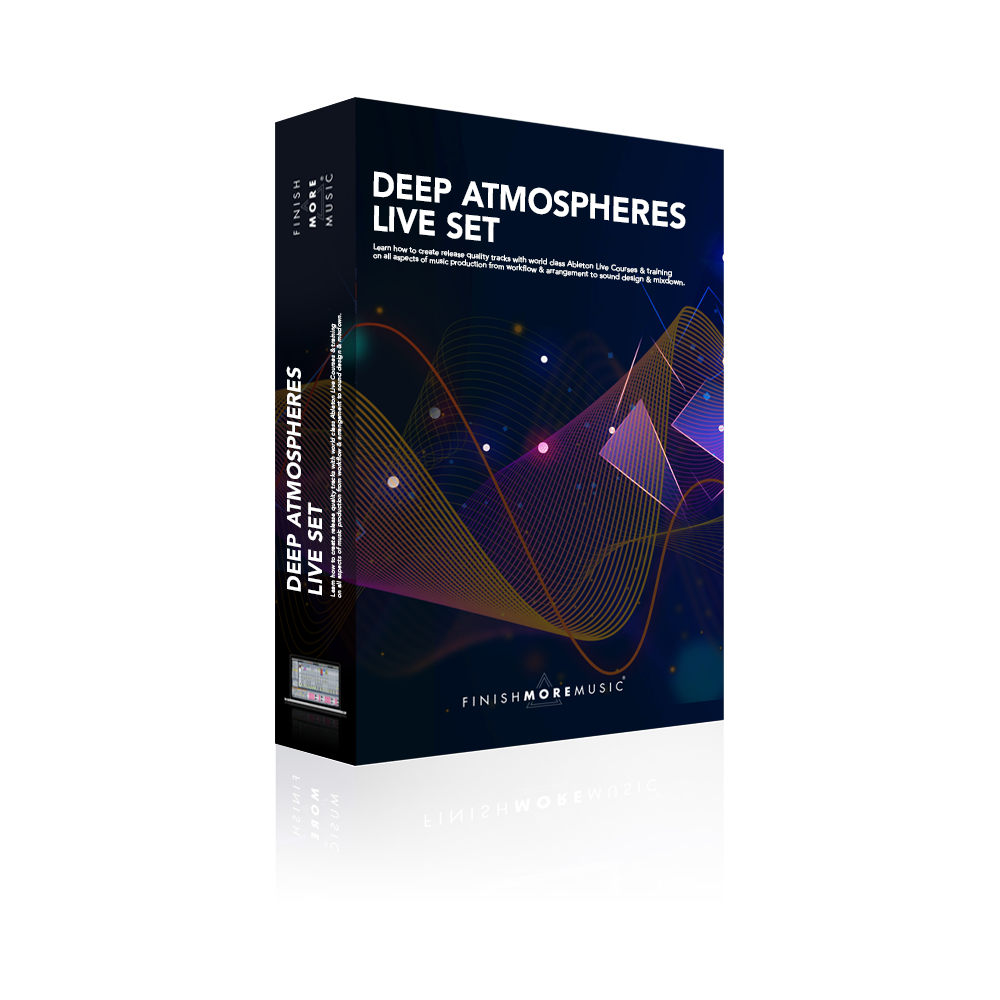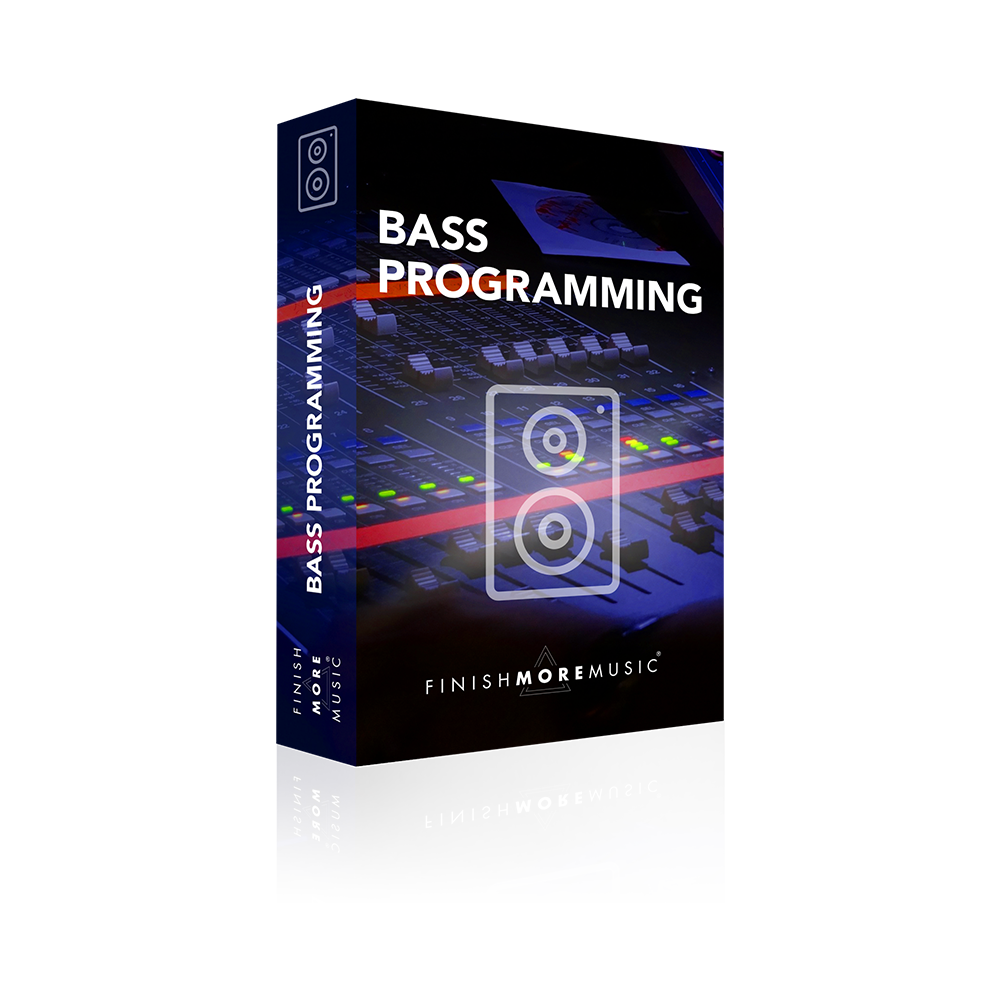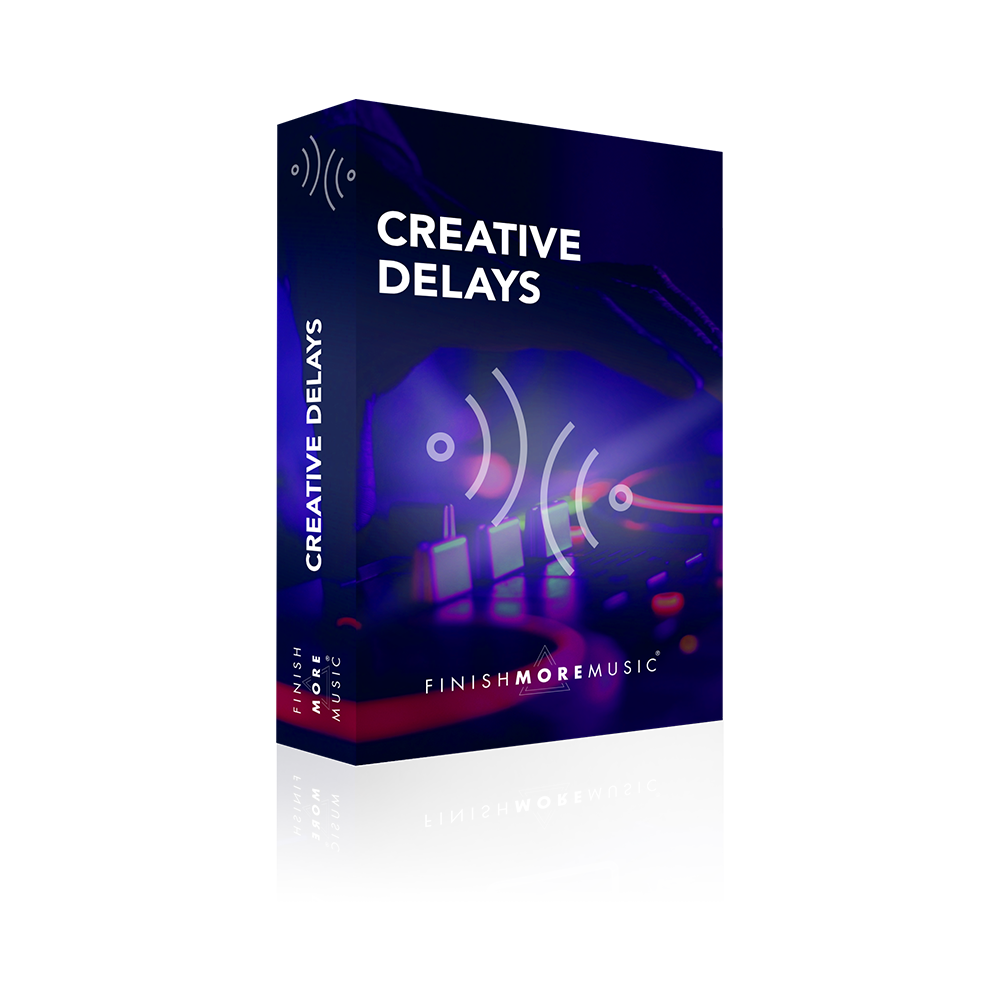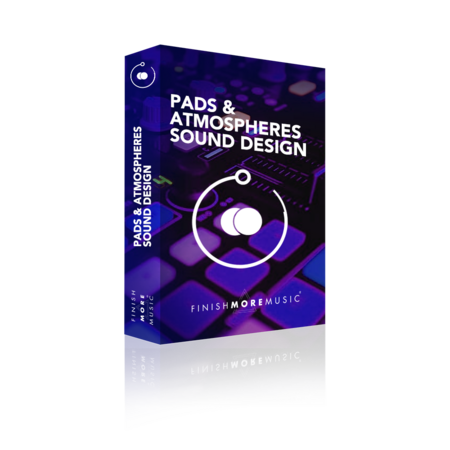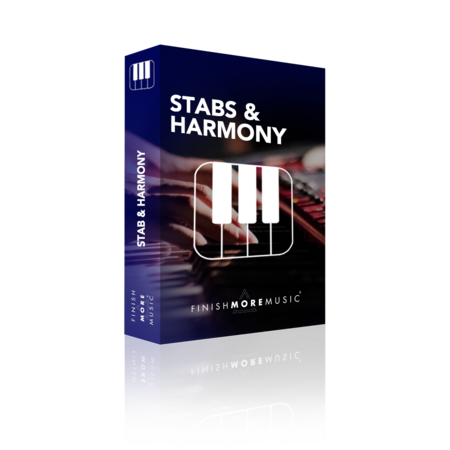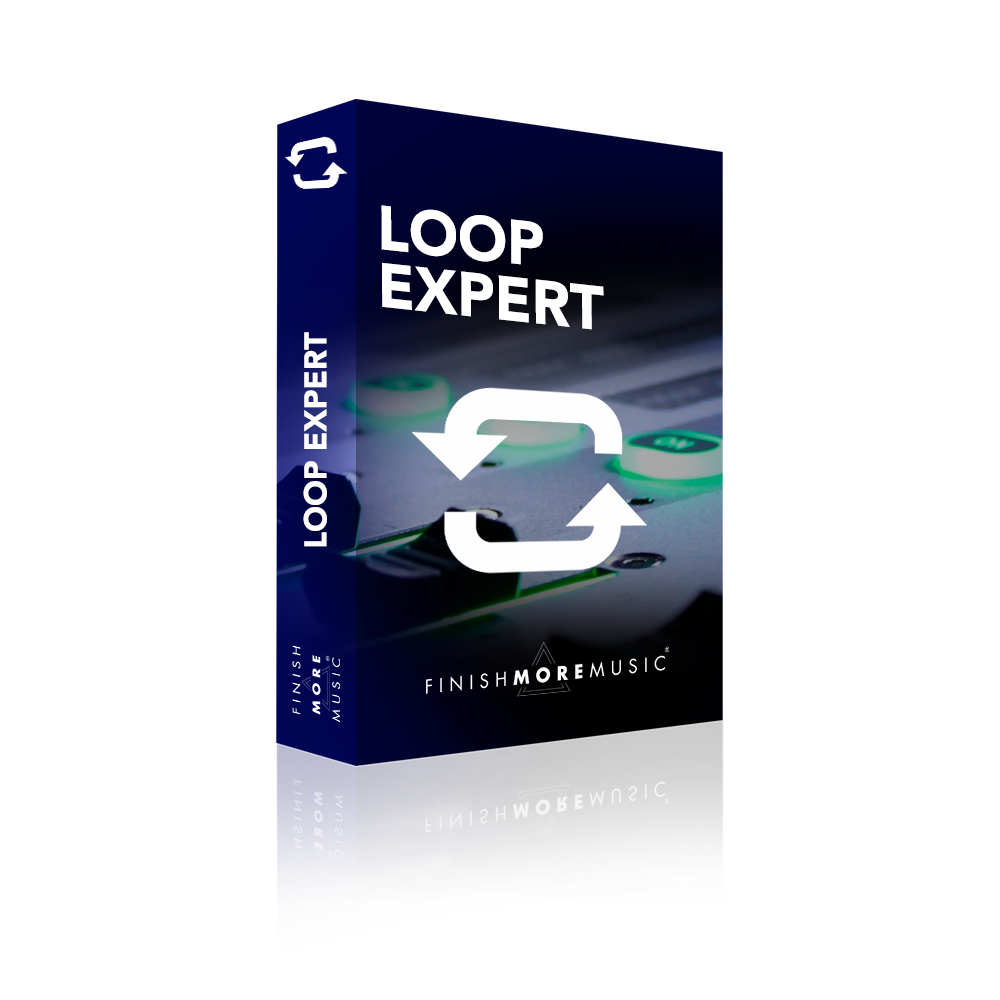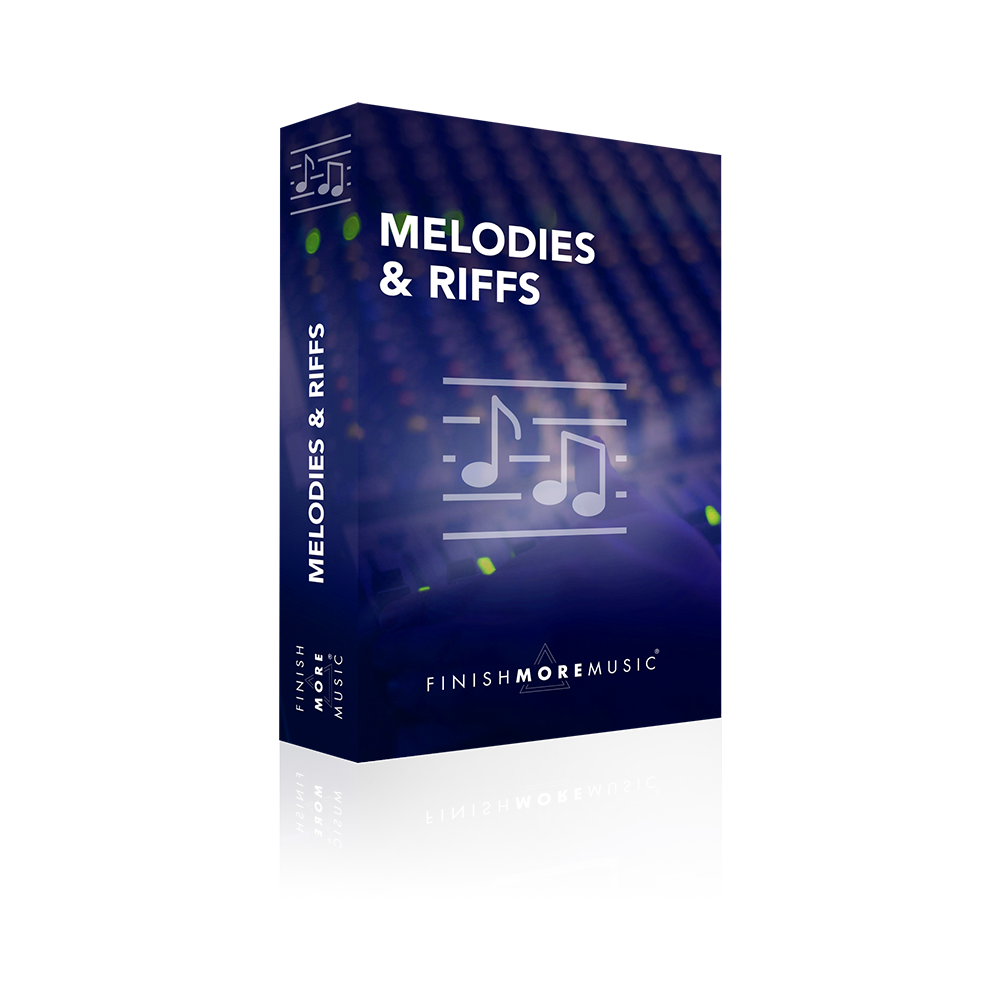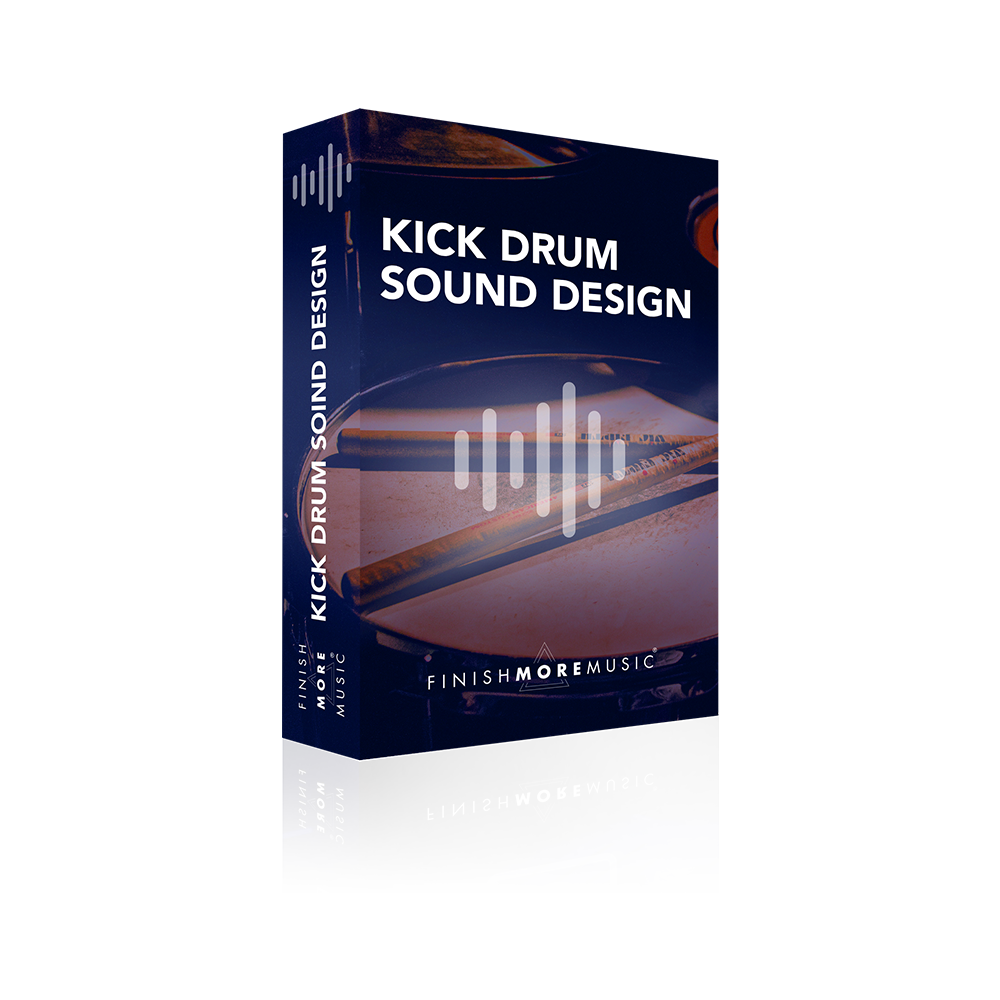Creative sampling has been at the forefront of Electronic Music production throughout its history. Whether it’s a drum break from an old vinyl record, remixing a classic soul track, or just recording your own samples to use in your music, it is a skill you must have in your arsenal as a producer. In my previous sampling tutorial, I created a huge bass sound from the recording of a bottle being flicked and recorded into a microphone. This week I take it one step further and create a lush, eerie drone pad sound from exactly the same sample! If you want to check out some fun and creative advanced sampling techniques, this one’s for you!
Transcript
Okay, so I’ve got the same bottle sample, the bottle getting whacked or flicked or whatever it is. But this time, let’s go down the road in making a pad or a drone, basically a sustained sound. So here it is again what we’re working with, and we can hear because it’s got that nice tonality. It lends itself really well to these types of sounds. Now in order to get the sample matched to the keyboard rather than using the transpose because I’ve got sampler and this is a function on most samplers to be fair, you can actually tell the sampler what is the original root key of the sample, what was it originally recorded at. So this was recorded at F2 and by putting that in, it means that when I play a C on my keyboard, it’s playing a C because it understands. It knows that this isn’t a C that’s been dropped in here. It’s a sample, that’s an F, and that way it can immediately align my keyboard because it understands what the correct root key is.
So you’ll find that in a lot of samplers I thought it worth bringing that up and now let’s get some sort of sustained sound going on. So the way that I’m going to do this because I want a nice long drawn-out sound that is gonna be longer than the sample itself is we’re going to set up a nice loop. So let’s find somewhere in the sample that’s away from this beginning section so we get a nice consistent tone, somewhere around here. So if you listen at the beginning, it’s got those kind of higher frequencies. And I immediately get rid of them around here. Now I wanna go in a little bit further because I’m gonna set up a crossfade as you’ll see, but let’s set up the loop so it’s just gonna loop forward, standard kind of loop and we’ll set the loop start to be exactly the same as the start marker so that’s 11895 and then let’s bring this in. I don’t know this, take a stab at this somewhere around here be close, perfect. So there’s our loop and in order to help minimize that sort of clicking as it goes over the start points, first of all, the snap to grid can sometimes be funny but we’ll try it. There we go. So snap to grid means that the start and end point should now be in a line with a zero crossing. So reduce any clicks. We can still hear it’s clearly looping over so the first thing we’ll do to help that is the crossfade between the start and the end points. Now need to be careful because the further I go here, we’ll start getting those high frequencies in again, hear them sneaking in kind of sounds like a high hat at the beginning. Perfect! That’ll do. So now let’s get to work with actually first of all let’s shake the envelope and then we’ll put some effects to help get rid of the start and in sort of disguised that looping.
So standard staff let’s go for an attack of a second, a release of a couple of seconds, get the sustain to the top. That all looks good, volume wise I think we’re still good, turn it up a little bit, so it’s now fading in and out. It’s probably a bit too quick for me. Let’s go for two on the attack and three on the release. Perfect. The fixed time start the ping-pong and follow that with a reverb and this will help add a nice kind of airy feel to the sound and disguise that loop start and end point. I want to go saying that’s nicely locked into the tempo so 2/16th and 8th is much more locked in. We’ll let the top frequencies in, feedback looks that probably is about fine. We’ll run with that no problem and then for the reverb let’s crank up the drive where it might be somewhere around 60% or do. That probably looks good. I’ll take some of the higher frequencies out of the tail and I think we’re good to go. Let’s have a listen. Voila! One pad sound, I like it. I’m gonna bring the release in a little bit, overlapping a bit too much for my taste and let’s start playing with a feel or a little bit as well. Touch more volume, and there we go we’ve got a pad. Now as with pads movement is king, so it’s already got a bit of wobbling in there, it’s got some effects which are nice but it’s also good to add some other envelopes so a classic thing to do is normally add the filter envelope and have the filter sweeping in and out. Often a little bit different time into your amp envelope so you get them get sort of sweeping at different speeds that works nicely. We’re gonna do saying a little bit different. This particular sampler has a nice FM envelope in it as well which just means that we can add FM synthesis on the top and add some additional harmonics and have those sweeping around. So I’m gonna go for saying a little bit brighter but not too over-the-top. Let’s go for a saw 4 which is just a saw wave with 4 harmonics, so kind of like a heavily filtered saw wave. And let’s start by just getting a feel for what this is gonna do to the sound. Nice! And let’s see what happens if we just have this sweeping. Let’s go a little bit longer, let’s maybe go for five seconds. I think with two seconds aren’t we on the envelope, and that’s probably going to be fine as it is to be fair. Let’s try this. Perfect! Sounds wicked. You can see it could do with a bit of EQ as well so we’ll pop that on and then we’ll call it a day. Let’s get some of the low end out of here and maybe shelf down the tops of it. I got a really nice eerie pad so out of the bottle sample the exact same one that created a nice baseline. Wicked stuff so I love sampling, a lot of fun and very quickly you can get a whole variety of sounds and all of these we’ve made out of two sounds of a bottle so lots and lots can be achieved with there a little bit of exploration, lots of fun. Hope you enjoyed it.
I’ve released a brand new totally free e-book for you called Creative Strategies For Finishing More Music. It features some of the world’s top underground producers sharing their inside tips on how to be prolific, handle creative pressure, turn your inspiration into finished tracks and give yourself that important edge in the music industry. The ebook has 15 pages rammed with insights and workflows from some of the world’s biggest underground music producers including John 00 Fleming, Shlomi Aber, Claude Young, Jr and Mark Jenkins and there’s loads more. The ebook is totally free for you so dive over to finishmoremusic.com/ebook and grab yourself a copy now.
Thank you for watching
I really appreciate you tuning in and I hope you’re enjoying the tutorials and taking some real value into your music sessions.
If this video resonated with you and you feel it will have a positive impact on the people you know, please share it by using the social media buttons you see at the bottom of this page.
To make sure you are always the first to know when a new video lands: Subscribe to the FMM Youtube channel here.
Let me know how you get on with the techniques I showed in the videos and if you have any suggestions for future tutorials, ping me a message on Instagram (@IamKeithMills)

